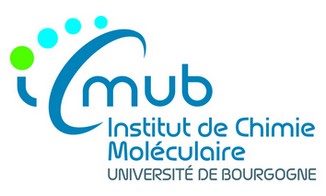Small molecule-based regulation of gene expression in human astrocytes switching on and off the G-quadruplex control systems
Résumé
A great deal of attention is being paid to strategies seeking to uncover the biology of the four-stranded nucleic acid structure G-quadruplex (G4) via their stabilization in cells with G4-specific ligands. The conventional definition of chemical biology implies that a complete assessment of G4 biology can only be achieved by implementing a complementary approach involving the destabilization of cellular G4s by ad hoc molecular effectors. We report here on an unprecedented comparison of the cellular consequences of G4 chemical stabilization by pyridostatin (PDS) and destabilization by phenylpyrrolocytosine (PhpC) at both transcriptome- and proteome-wide scales in patient-derived primary human astrocytes. Our results show that the stabilization of G4s by PDS triggers the dysregulation of many cellular circuitries, the most drastic effects originating in the downregulation of 354 transcripts and 158 proteins primarily involved in RNA transactions. In contrast, destabilization of G4s by PhpC modulates the G4 landscapes in a far more focused manner with upregulation of 295 proteins, mostly involved in RNA transactions as well, thus mirroring the effects of PDS. Our study is the first of its kind to report the extent of G4-associated cellular circuitries in human cells by systematically pitting the effect of G4 stabilization against destabilization in a direct and unbiased manner
| Origine | Fichiers éditeurs autorisés sur une archive ouverte |
|---|---|
| licence |




